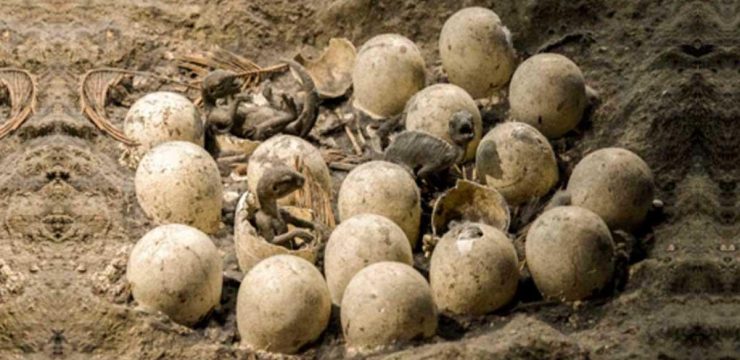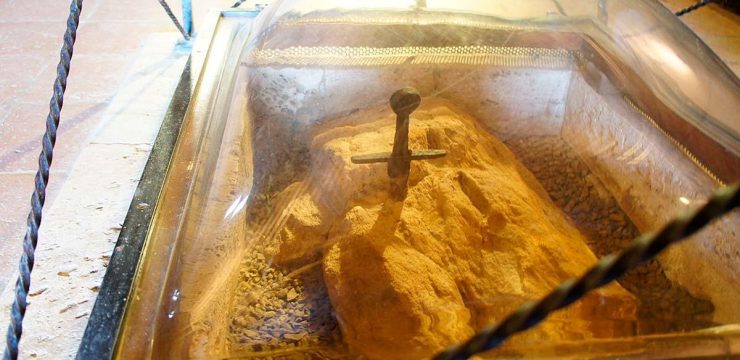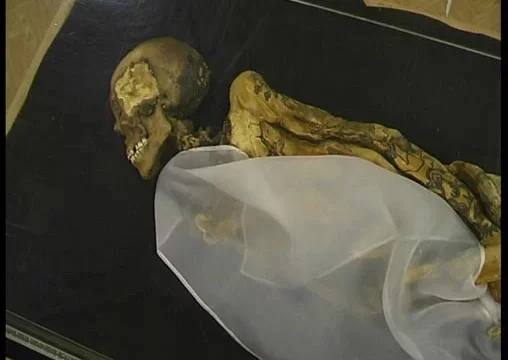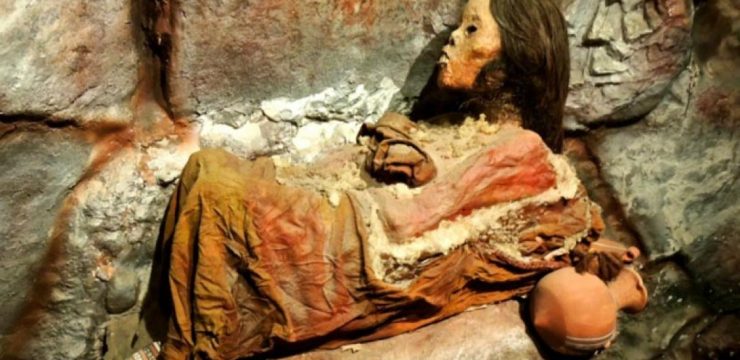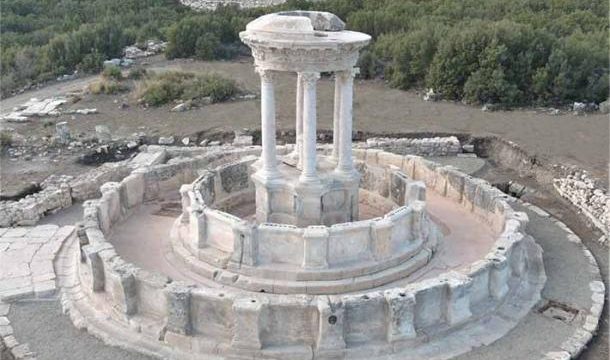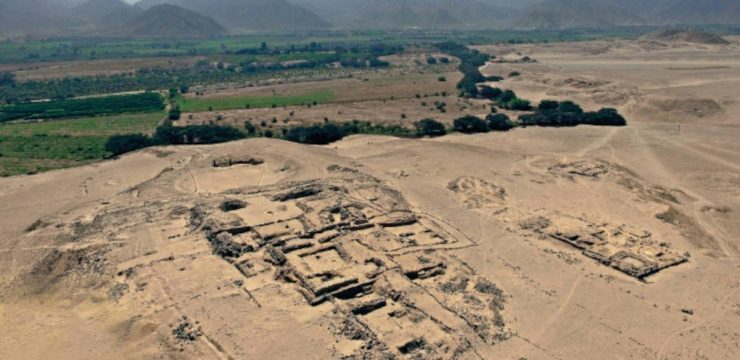In the windswept coastal region of Brittany, France, a groundbreaking archaeological discovery from nearly a century ago continues to captivate both scholars and the public alike. Between 1928 and 1934, Marthe and Saint-Just Péquart, a team of pioneering archaeologists, unearthed a Mesolithic burial site on the island of Téviec. The remains of two women, buried approximately 6,500 years ago, offered a haunting glimpse into a world marked by violence, survival, and ritual. This discovery has not only deepened our understanding of prehistoric societies but also raised questions that continue to challenge modern interpretations of the past.
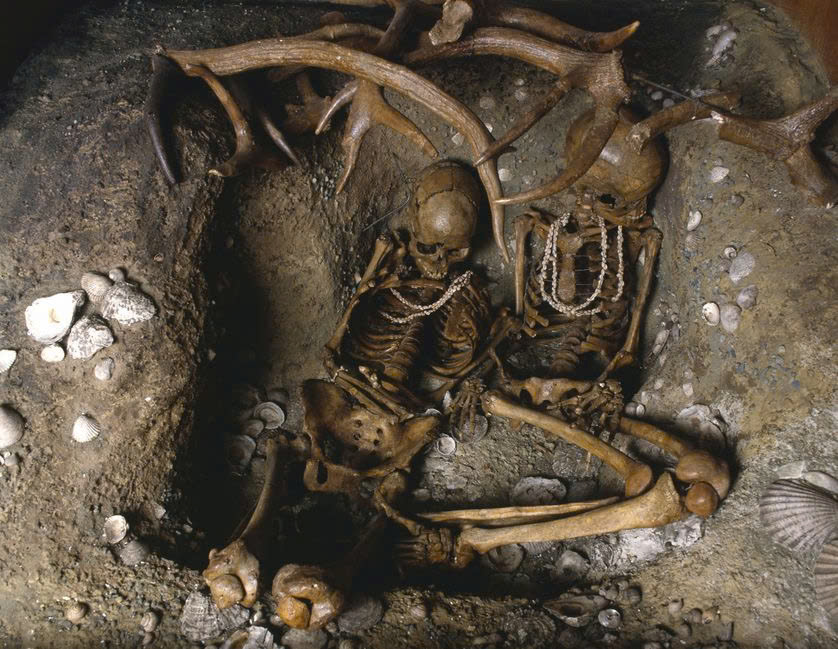
The burial site of these two women was unlike any other from the Mesolithic period, reflecting a degree of ritual and social complexity that was once thought improbable for such ancient communities. Their grave was carefully constructed and covered by a roof of deer antlers, a striking and symbolic choice that hinted at the high status the women may have held within their society. Surrounding the burial were grave goods that provided further insight into their lives and roles. Ornate necklaces, bracelets, and leg rings made from meticulously crafted seashells adorned the site, emphasizing their community’s artistic abilities and cultural values. Alongside these decorative items were flint tools and boar bones, which suggested a connection to hunting and resource gathering. The presence of these artifacts painted a picture of a society where social hierarchies, artistic expression, and ritualistic practices played significant roles.
While the elaborate burial offered a sense of reverence for the deceased, the forensic examination of their remains revealed a darker narrative. Injuries on the skeletons pointed to episodes of violence. One of the women had multiple fractures on her skull, and, in a particularly shocking discovery, an arrow was found embedded between her eyes. These traumatic injuries raised immediate questions about the nature of their deaths. Were these women victims of a brutal conflict, ritualistic killings, or an environmental catastrophe? The forensic evidence provided no definitive answers, but it offered tantalizing clues that have fueled debates among archaeologists and historians for decades.
Several theories have emerged to explain the violent ends these women may have met. One hypothesis points to tribal conflict. During the Mesolithic period, resources such as food, water, and shelter were often scarce, leading to tensions between groups. It is possible that the women were caught in a raid or battle, victims of intertribal warfare driven by the fight for survival. Another compelling theory is that their deaths may have been part of a ritual sacrifice. Many ancient cultures practiced ceremonial killings to appease deities, secure good fortune, or maintain cosmic balance. The careful arrangement of their burial could support this idea, suggesting that their deaths held significant meaning for their community. A third possibility considers environmental stress as a contributing factor. The Mesolithic period was marked by significant climatic and ecological changes, which would have placed immense pressure on communities to adapt. In such challenging conditions, acts of violence could have stemmed from desperation or the need to maintain order in a fragile social structure.
Beyond the circumstances of their deaths, the women’s skeletal remains also provided valuable insights into their lives. Analysis revealed that their diet was rich in seafood and meat, highlighting their community’s expertise in fishing, hunting, and possibly small-scale farming. This dietary evidence points to a group of people who had adapted well to their environment, utilizing the resources of the coastal region to sustain themselves. These findings suggest a relatively complex society, one that combined resourcefulness with social and cultural practices that included elaborate burial rituals.
The significance of this discovery extends far beyond its immediate archaeological context. When the remains were exhibited at the Toulouse Natural History Museum in 2012, they attracted an audience of over 300,000 visitors. The exhibit transformed these ancient bones into a story of human survival, struggle, and connection. It brought to life the experiences of a society long gone, offering a poignant reminder of the shared humanity that binds us to our distant ancestors. The Ladies of Téviec became more than archaeological artifacts—they became symbols of resilience and the mysteries of human history.
The story of these two women serves as a powerful reminder of the complexity of ancient societies. Often, we imagine our ancestors as simplistic beings, focused solely on survival. However, the burial site at Téviec tells a different story. It reveals a society capable of profound artistic expression, spiritual belief, and intricate social organization. These women, whether revered as leaders, mourned as victims, or honored as sacrifices, occupied an important place within their community. Their lives, and the circumstances of their deaths, remain an enduring mystery, one that invites us to look beyond the physical evidence and imagine the world they inhabited.
The Ladies of Téviec challenge us to confront the dual nature of human history—its beauty and brutality, its creativity and conflict. Their story is not just a tale of violence and ritual; it is a testament to the resilience of the human spirit. Through their burial, we glimpse a society grappling with the same fundamental questions that have defined humanity across millennia: How do we survive? How do we honor our dead? How do we find meaning in the face of loss?
As we reflect on the discoveries made by Marthe and Saint-Just Péquart nearly a century ago, it becomes clear that the significance of the Téviec burial extends far beyond its academic value. It is a story that resonates with universal themes of life, death, and the quest for understanding. The Ladies of Téviec remind us that, despite the vast expanse of time that separates us from them, the echoes of their lives continue to shape our exploration of the human past. Their legacy endures, urging us to piece together the fragments of their world and, in doing so, gain a deeper appreciation of our own.
